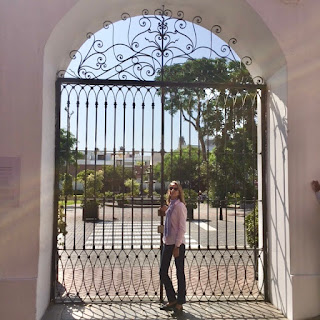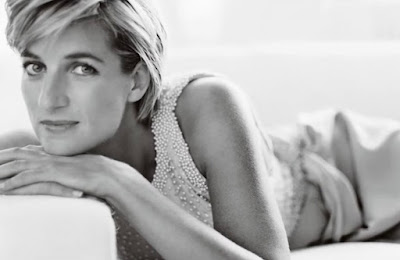LIMA, PERU 2016
We
flew to Peru in the month of November, our first stop being Lima where we
stayed in the Hotel Antigua Miraflores. This traditional Spanish-colonial style
mansion or ‘casona’ was built in 1923 and still retains its authenticity with
its brightly coloured stucco walls, arched doorways and windows, together with
checkerboard floor tiles. We chose to dine in its bar-restaurant, seated in
upholstered armchairs around a low wooden table bedecked with plates of sautéed
chilli shrimp, sweet potato purée and panfried green beans.
The next day we visited central Lima, namely its emblematic cathedral with its sculpted portal and twin bell towers that loom over Plaza Mayor. Founded in the 16th century, this magnificent basilica is the burial place of Francisco Pizarro, the notorious conqueror of Peru. We then meandered around the cloisters of a Dominican convent, in the centre of which stands a gushing fountain, whilst its decorative walls are painted by the Cusco school of artists and its ornate tiles are from Seville. Bordering Plaza St Martin were a series of small restaurants popular with local businessmen. We selected one that was bustling with trade and served succulent ceviche whose large pieces of fish had been cured in a spicy citrus-based marinade, ‘leche de tigre’ (tiger’s milk), the ingredients of which are lime juice, fish stock, red onion, garlic, chiles and coriander. This was served with sweet potato and ‘choclo’ – very large kernels of corn that have a starchy texture.



The next day we visited one of the oldest houses in the Americas, Casa Aliaga that dates back five centuries, not long after the founding of Lima in 1535. It was built by Captain Jerónimo de Aliaga having received a plot of land from the conquistador Francisco Pizarro. Since that time the house has been inhabited by 17 generations of the Aliaga family. Over the years it has been rebuilt and refurbished after earthquakes and changes in architectural style. Its current décor transports you back to Spanish colonial time, particularly its decorative wall tiles and sweeping marble staircase that leads to the elegant salons with their ornate furnishings. The walls are adorned with large mirrors and oil paintings beside which stand various statues and other curiosities including Jerónimo de Aliaga's conquistador sword. The house can only be visited by appointment and with a private guide, which is key to learn about the historical background of the house and its occupants.


















